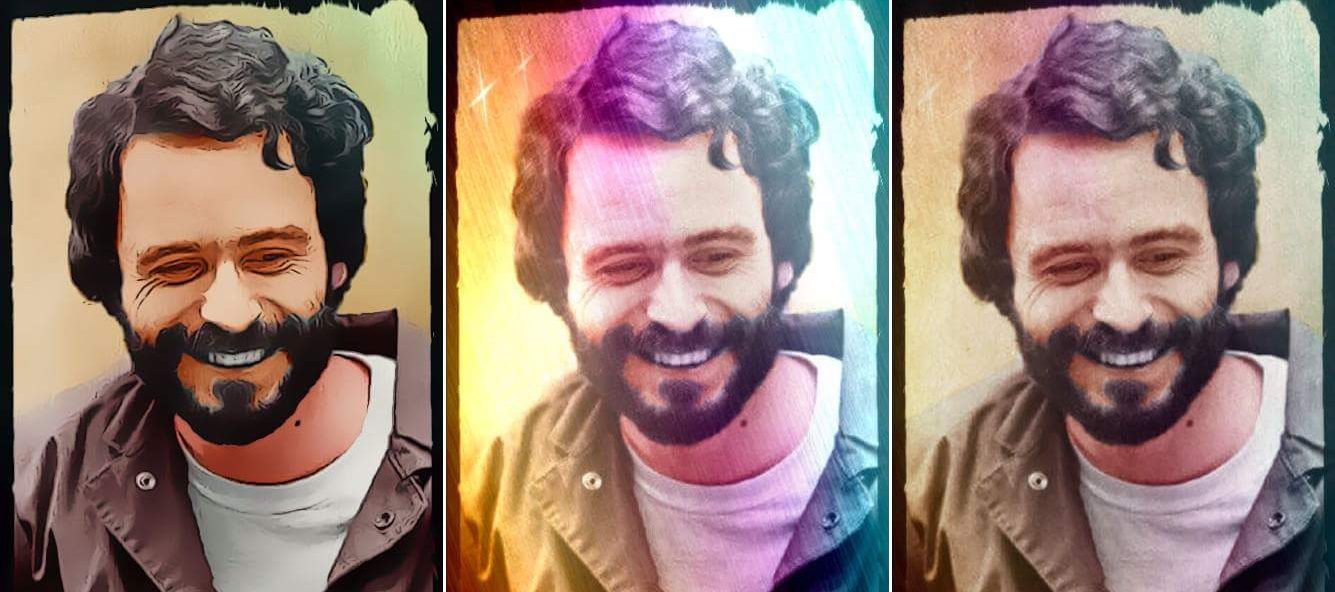During an era where serial killers were emerging as a phenomenon in the United States, police departments throughout the country were finding it difficult to identify them. Serial killers are known for primarily murdering strangers and having few ties to their victims. This makes it a very difficult job for investigators who are accustomed to following up on connections between perpetrators and their prey. Police were able to gradually follow the few clues that Ted unwittingly left behind, but it took time and a great deal of manpower to catch the man behind the madness.

During the 1970’s when Ted was on the prowl, lack of communication between law enforcement officials made it difficult to connect the crimes of serial offenders. Often times, personnel in various police departments refused to cooperate with those in other locations, leading to a great deal of hostility and animosity. To their detriment, criminals were able to benefit from the oversights between jurisdictions. Ted was known to travel a great deal so that his crimes weren’t connected. In fact, until the famed “Aspen Summit” in November of 1975 where Robert Keppel, Jerry Thompson, Michael Fisher, and thirty other investigators met and compared notes on each area’s crime sprees, very little sharing had occurred to connect Ted Bundy’s crimes.

Something notable about the “Ted Murders” investigation (so named after Ted used his real name when abducting women at Lake Sammamish) was the use of a computer in collating suspect names and vehicles. By the 1970’s, computers had come a long way from their preliminary origins, but they were still rudimentary compared to today’s technology. Washington state police had a large amount of data they needed to collate. Rather than taking the time to manually separate the various names and vehicle information, they turned to the King County payroll computer. It was a mechanical behemoth by today’s standards, but it served its purpose and compiled several lists, one of which compared local residents named Ted to those who also owned VW Bugs. Ted’s name was on that list along with 25 other men who matched the criteria. This was later determined by the time he had become an official suspect after his arrest in the attempted kidnapping of Carol DaRonch.



Leave a comment